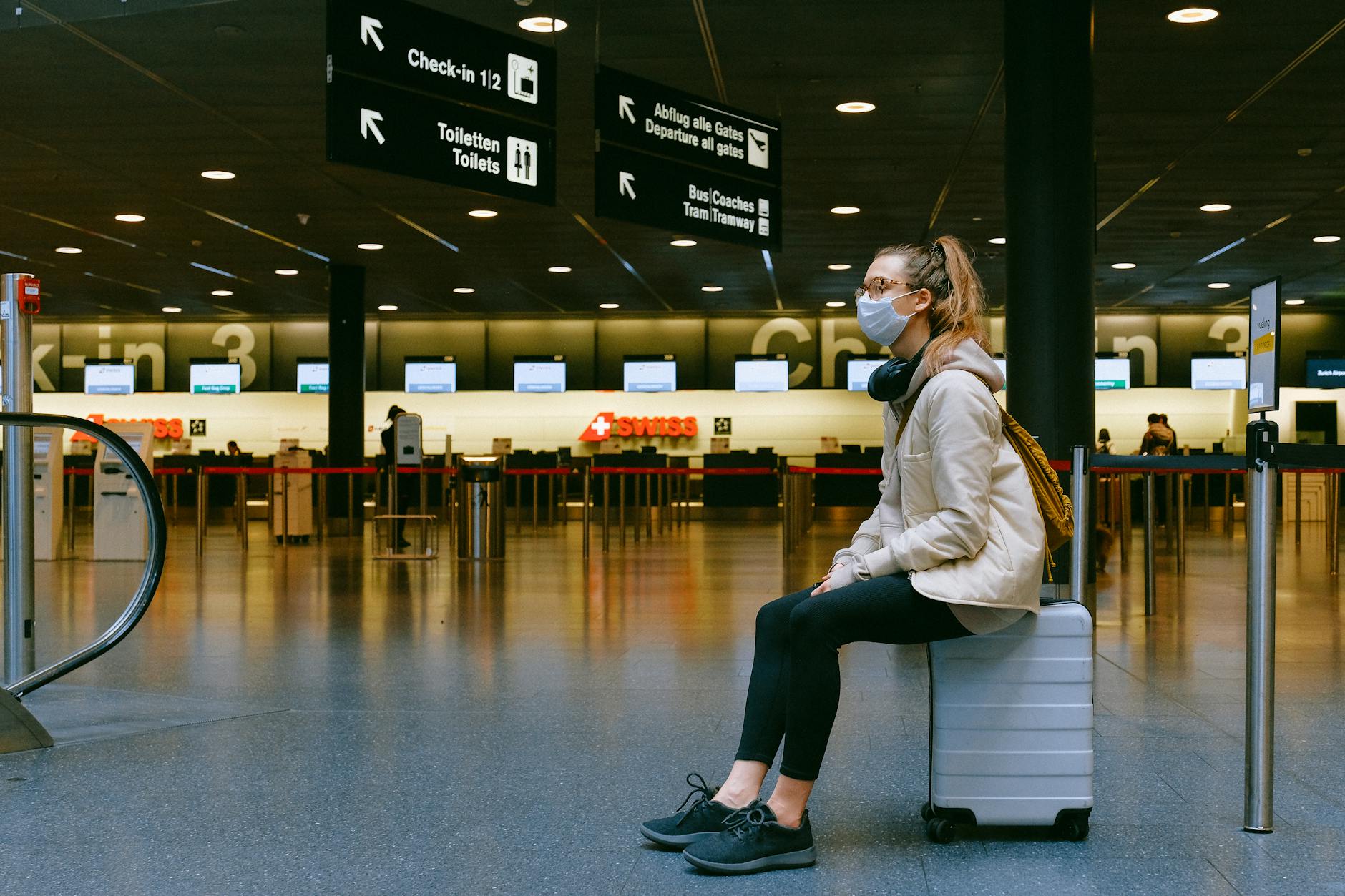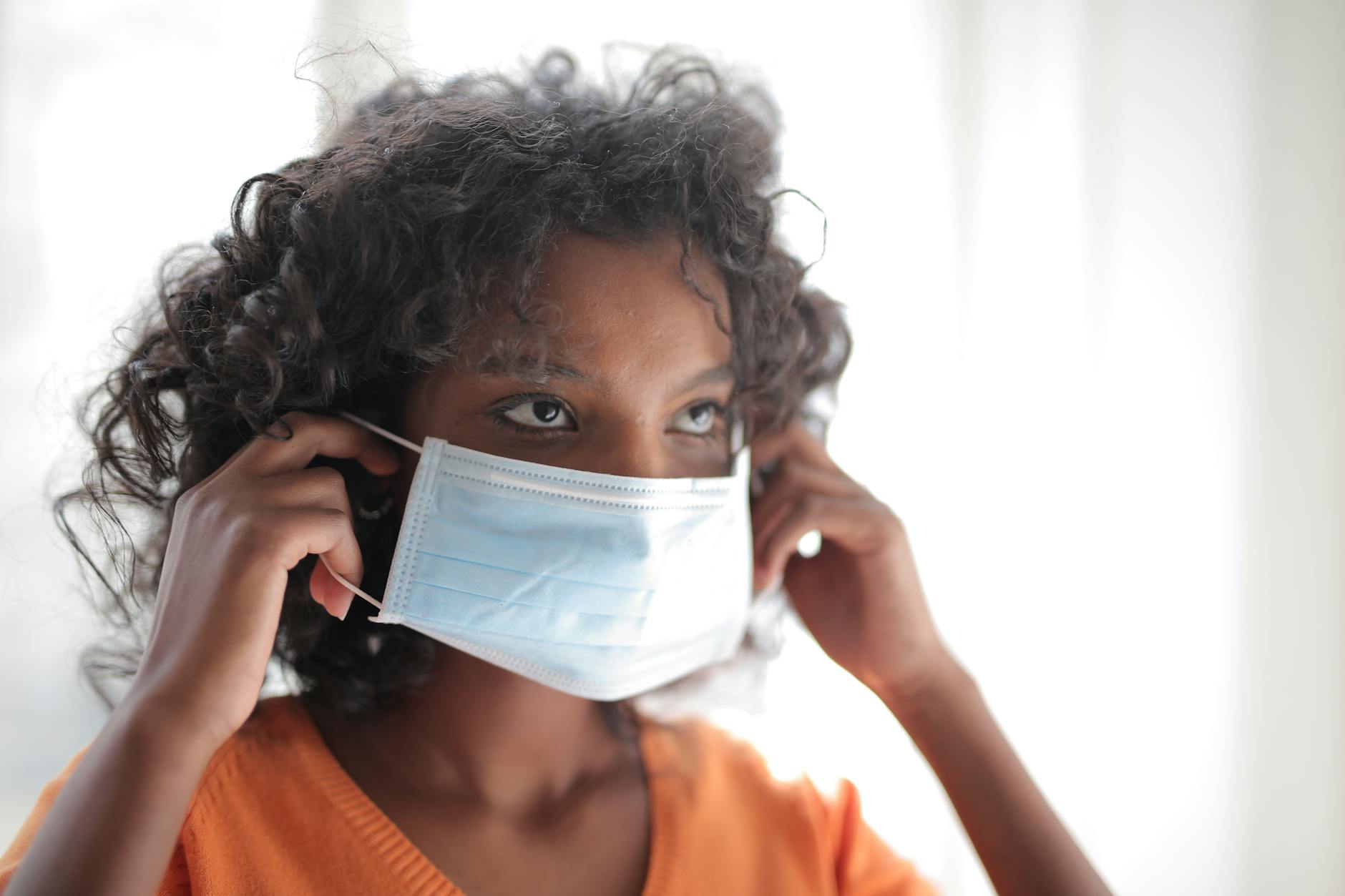5 Travel Changes in a Post-Pandemic World
 It goes without saying that 2020 has been a difficult year so far.
It goes without saying that 2020 has been a difficult year so far.
Many countries worldwide closed or heavily restricted air travel sometime in March of this year. Due to heavy restrictions, several of these countries are requiring a two-week quarantine entry of the country.
Furthermore, when we look at the statistics, flights have increased year to year for over a decade now. In response to the coronavirus, in February there was only a slight change in people preferring to travel domestically instead of internationally. February 2020 demonstrated a 7.5% increase in domestic travel compared to February 2019, while international travel stayed almost the same as the previous year.
February was roughly the start of the outbreak in the United States, although not many were concerned yet.
A Turn for the Worse
However, March 2020 came with an overwhelming change. Compared to the previous year, passenger numbers were down 51%, marking the largest one-year-drop on record. That is a considerable stand-still in travel, especially when compared to the steady increase over the last decade.
TSA (Transportation Security Administration) has set new guidelines and rules to relieve the fear and anxiety of travelers. They are lowering the volume of permitted passengers on aircraft and encouraging social distancing between their security, passengers, and attendants, all while maintaining the same standard of safety. TSA is also allowing one liquid hand-sanitizer bottle of 12oz for carry-ons, although this adds extra screening time to the passenger’s security checkpoints.
Some changes are here to stay, and the future of air travel is a very different scene than ever imagined before. Here are some changes to expect inside an airport:
1. New Airport Screening
Touchless tech is on the move, with airports leaning towards non-contact security and check-in. They are hoping to replace passports and other IDs with facial recognition and iris scans.
Another facet of this touchless approach is thermal detection, which takes a person’s temperature at a distance. While it cannot catch the early stages of diseases such as the coronavirus, it can detect people running high temperatures or fevers.

2. Socially Safe

Part of staying safe through all of this is keeping a distance. Many airports are requiring masks at all times, keeping staff and passengers separated, and utilizing spread out seating plans.
3. Sanitation
Airports are favoring the fogging method to disinfect luggage. In Hong Kong, sanitation booths for sterilizing people are being tested, and they are also using AI robots to disinfect the airport constantly.
4. New Layouts
The modern airport is shifting towards more roomy and restful settings. Not only will this reduce travelers’ stress but also the probability of the contact and spread of disease.
5. Patience
Patience has always been a necessary feature in air travel, but as airports scramble to keep up with sanitation and social distancing, passengers might have to wait longer. Allotted times may be given out to passengers to let them know when it is their turn to be screened. This procedure allows for minimalized contact. There is no more squeezing into a queue with a thousand other people rushing the gates.
Keep Calm and Travel on
When it comes down to it, all these changes are meant to make travel safer and ease passenger stress. Awareness of these changes is essential, as they will keep developing. Travelers will no longer need to avoid flying, so look to the future and see how travel can improve from this disaster.
Author Bio – Lenzee Gillette is a travel blogger and content creator for ThruHerLenz. Her passion for traveling the world is to inspire other millennials while emphasizing the importance of balancing a professional life with a life full of adventure! Read the blog and follow her journey on Instagram @thruherlenz.